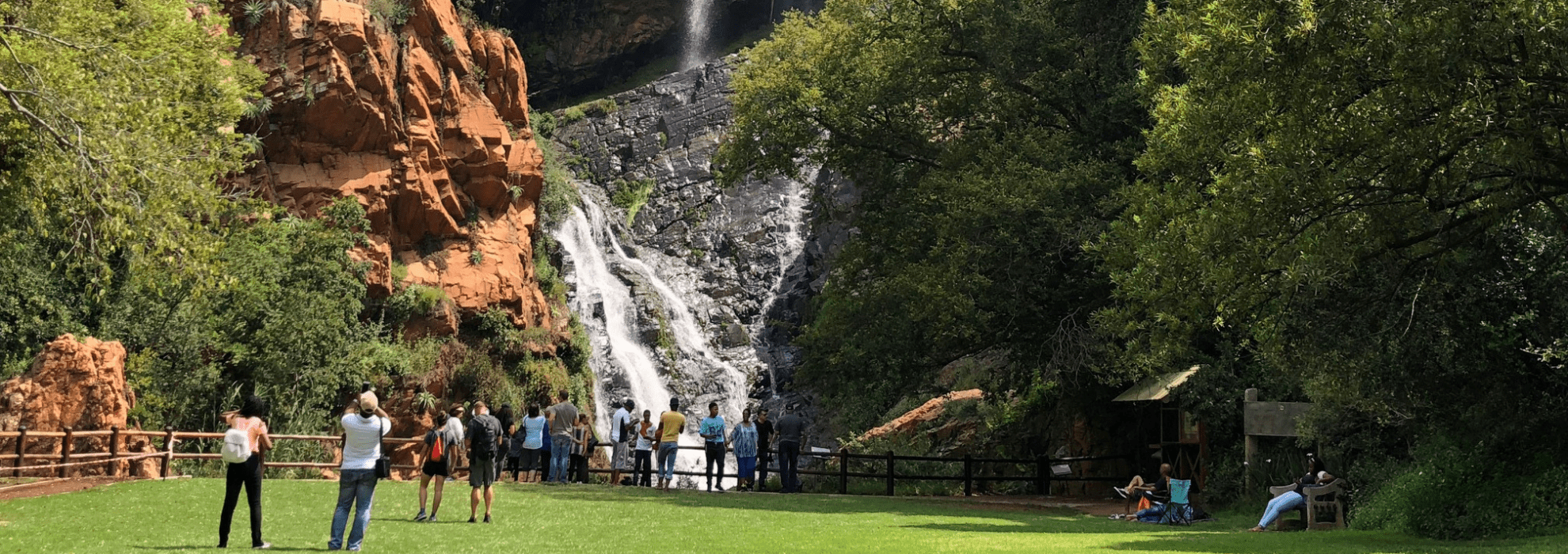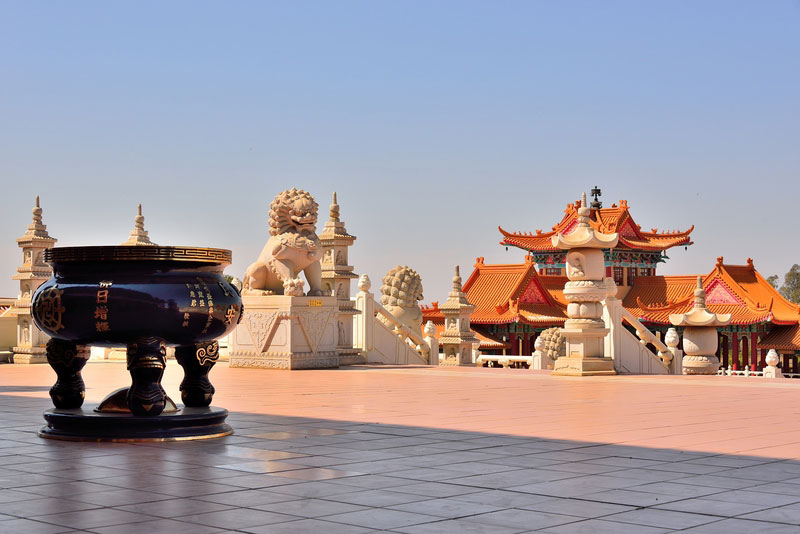Little Known Facts About Johannesburg North Attractions.
Little Known Facts About Johannesburg North Attractions.
Blog Article
The 20-Second Trick For Johannesburg North Attractions
Table of ContentsNot known Facts About Johannesburg North AttractionsThe Of Johannesburg North AttractionsJohannesburg North Attractions Can Be Fun For EveryoneAn Unbiased View of Johannesburg North AttractionsAn Unbiased View of Johannesburg North AttractionsSome Of Johannesburg North Attractions
The city expanded on the edge of the Witwatersrand Main Reef, a subterranean stratum of gold-bearing quartz-silica conglomerate that arcs for hundreds of miles below the Highveld - Johannesburg North attractions. Most of the gold mines in the city stopped procedure in the 1970s, however in its day the Witwatersrand gold industry accounted for even more than 40 percent of the world's annual gold manufacturing.Johannesburg has a pleasant climate. Summertime temperatures average regarding 75 F (24 C); wintertime temperatures average regarding 55 F (13 C) and only occasionally dip below freezing. The city enjoys concerning eight hours of sunlight daily in both wintertime and summertime. Rain averages regarding 28 inches (700 millimetres) per year, but the overall varies substantially from year to year.
What rain the city obtains falls virtually solely in the summer season, usually in amazing late-afternoon electrical storms. Air air pollution positions a substantial problem, particularly in the winter season, when thermal inversions hamper the westward circulation of air from the Indian Ocean. Contamination is most extreme in the densely cleared up Black areas on the city's periphery, where several residents still depend on coal for gas.

Getting My Johannesburg North Attractions To Work
The equilibrium of the city is occupied by whites. Lodging differs in personality and quality.
Physical development, although rather limited by transport, proceeded quickly as immigration to South Africa, and Johannesburg particularly, increased substantially. This problem was resolved in the 1930s when the car was presented in automation to South Africa. Vehicles were, essentially, constrained to the wealthy, and permitted them to relocate to the north of the city and commute right into the centre.
Most inadequate suburban areas were blended, with bad blacks and whites living together, although the rich suburbs were generally scheduled for whites. This altered with the political election of the National Party in the 1948 elections, that started to formalise the system referred to as apartheid. Apartheid officially assigned which suburban areas each race could stay in under the Group Areas Act.
The previous system of eleven numbered regions was reorganised in his response 2006. Marshalltown, as seen from the top of the Carlton Centre. The M1 and M2 run behind the structures, and the southern suburbs prolong past the highway limit. The inner city of Johannesburg lies within the city's Region F. The number of people living in the inner city on a casual basis is unknown, as lots of are illegal immigrants. The unemployment, education and learning, and age profiles of the area are all unidentified, due to the trouble of acquiring dependable info concerning the location.
The Definitive Guide to Johannesburg North Attractions
Centred on the CBD, the region includes the suburban areas of Yeoville, Bellevue, Troyeville, Jeppestown, see this page and Berea to the eastern. To the west it infects Pageview (Johannesburg North attractions) and Fordsburg. There are little industrial areas to the south, such as City West-Denver and Benrose. Around 800,000 commuters travel through the internal city on a daily basis, and it operates as a local purchasing node for site visitors from the southern suburban areas. Yeoville and Bellevue have a mix of apartment or condo structures and single household systems on small whole lots. The region is located on a hilly divide that runs from eastern to west.

Little Known Questions About Johannesburg North Attractions.
The eastern suburbs are some of the earliest areas of Johannesburg, there are large areas of Jewish and other European histories, the majority of the populace is English speaking. There are 3 golf courses as well as a number of safeguarded ridges with viewsites.
Initially constructed to house male migrant employees, many have been enhanced as houses for pairs and family members. The suburb was not historically enabled to produce work centres within the location, so virtually all of its residents are commuters to other components of the city.
Johannesburg North Attractions Fundamentals Explained
The N1 Western Bypass connects the north residential areas with the north-western residential areas. The houses in the north residential areas are mostly official, without any considerable areas of informal real estate, or real estate that lacks a permanent framework. Although this is a recognized area, there is a fad of land use modification from domestic to click this commercial, specifically along primary arterial roads and around recognized nodes.
Roadways to the eastern and west are less well established, as there are no highways travelling in that instructions. In the direction of the northern boundary of the city, the thickness of growth lowers, leaving big areas of undeveloped land around Midrand.
Little Known Facts About Johannesburg North Attractions.
The first suburban area to the north of the central city is Parktown, which is situated on a hillside forgeting the inner city and Hillbrow. It has many rich locals and Edwardian-style estates, in addition to the Education and learning and Clinical universities of the College of the Witwatersrand. The big concrete Charlotte Maxeke Johannesburg Academic Hospital controls the sky line of Parktown.
Report this page